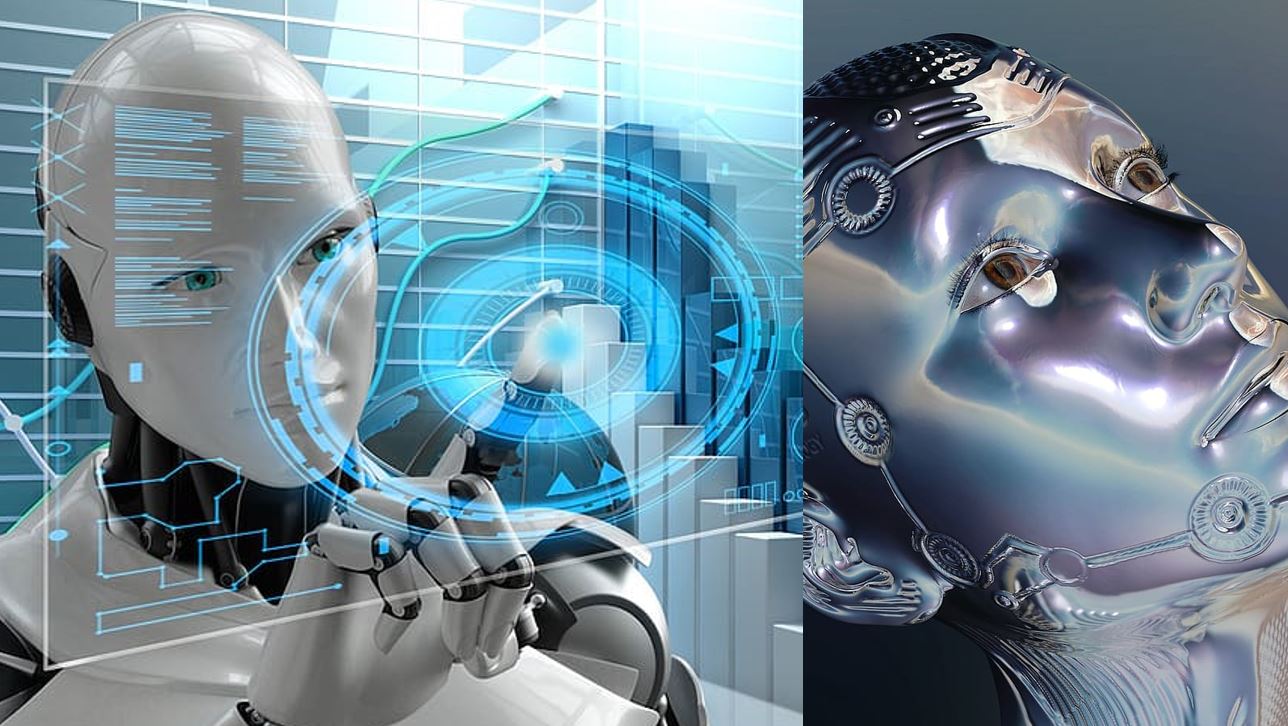Introduction
Artificial Intelligence, or AI, is a fascinating field that involves creating smart machines capable of performing tasks that typically require human intelligence. There are different types of AI, each with its own set of capabilities.
From systems that follow predefined rules to those that can learn and adapt, AI has various forms. In simpler terms, it’s like teaching computers to think and make decisions, mimicking human-like intelligence. Let’s explore the exciting world of AI and its diverse types!
Join Our WhatsApp News for updated information on semiconductors & AI
Reactive Machines: The Pioneers of AI
At the inception of AI, reactive machines emerged, embodying limited capabilities. These machines, exemplified by IBM’s Deep Blue, respond to stimuli but lack memory-based functionality.
Their actions are predefined, making them the simplest form of AI. Reactive machines operate based on predetermined rules, excelling in tasks with clear instructions, such as game strategies.
Read More: Top 10 AI-based companies in India – techovedas
Limited Memory: Learning from Experience
Advancing from reactivity, limited memory AI encompasses machines capable of learning from historical data. Present-day AI applications, including chatbots and image recognition systems, fall into this category.
Their ability to reference past experiences enhances decision-making. Limited memory AI employs techniques like deep learning, utilizing vast datasets to improve accuracy in tasks like image and speech recognition.
Theory of Mind: The Quest for Understanding
As AI progresses, researchers explore the concept of Theory of Mind AI. This type aims to discern the needs, emotions, and thought processes of entities it interacts with, bringing a deeper level of understanding to machine-human interactions.
Applications include personal assistants capable of understanding user preferences and adjusting responses accordingly, creating a more intuitive interaction.
Self-aware AI: A Hypothetical Horizon
The pinnacle of AI development, self-aware AI, remains a theoretical construct. Envisioned as an entity akin to the human brain, this AI possesses self-awareness, emotions, beliefs, and potentially desires.
While its potential for civilization advancement is vast, concerns arise regarding its impact on humanity. Achieving self-aware AI requires advancements in various AI branches, including emotional intelligence and cognitive understanding.
Artificial Narrow Intelligence (ANI):
ANI encompasses existing AI, capable of autonomously performing specific tasks with human-like capabilities.
From reactive to limited memory AI, this classification covers all AI systems with narrow competencies, adhering strictly to their programmed functions. Examples range from virtual assistants like Siri to task-specific automation in industries, showcasing specialized proficiency.
Artificial General Intelligence (AGI):
AGI marks a significant leap in AI, endowing machines with the ability to learn, perceive, and function akin to humans. These systems independently build competencies, forming connections across domains and replicating multi-functional human capabilities.
AGI’s potential applications include comprehensive problem-solving, creative tasks, and adaptive learning in dynamic environments.
Artificial Superintelligence (ASI):
ASI represents the zenith of AI, surpassing human intelligence in memory, processing speed, and decision-making.
The development of AGI and ASI raises the prospect of the singularity, where these entities become the most capable forms of intelligence on Earth. ASI’s potential applications span advanced scientific research, autonomous decision-making in complex scenarios, and superhuman-level problem-solving.
Conclusion:
The current state of AI, though remarkable, merely scratches the surface of its potential. As we navigate the uncharted territory of AI development, questions and possibilities abound. The journey toward AGI and ASI holds promises of unprecedented advancements, but the path is fraught with considerations of safety, ethical implications, and the need for responsible AI development. Whether viewed with optimism or caution, the evolution of AI remains a captivating journey into the future.




